How to create a moodboard
Make sure that your choice of furniture, paints and fabrics work well together

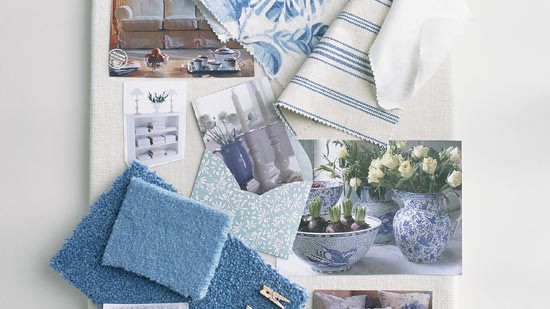
Follow our tips on how to create a 3D moodboard.
1. Gather your materials
Gather together all your decorating ideas, any inspiring images, fabric swatches and wallpaper samples and create a storyboard on an A3-size piece of plain card or in a large, plain notebook.
2. Choose your base colour
Whether it's flooring or a wall colour, this represents the largest area of colour in your room, so it's important to add a large sample of it to your moodboard. Adding carpet samples helps you think about texture, too.
3. Add an accent
This is an important decision. Do you go for a dramatic contrast, or an accent just a few tones away from your base colour?
Use your moodboard to play around with options and layer up the board with swatches and scraps.
Sign up to our newsletter for style inspiration, real homes, project and garden advice and shopping know-how
4. Create mood with accessories
These will really set the tone for your decorating scheme - go for accessories which share a vibrant accent colour (say, blue, as here) and stick to a single theme; maybe vintage, or country or eastern. Don't get carried away and mix up different styles, or your scheme will end up looking messy rather than eclectic.
Paint and wallpaper
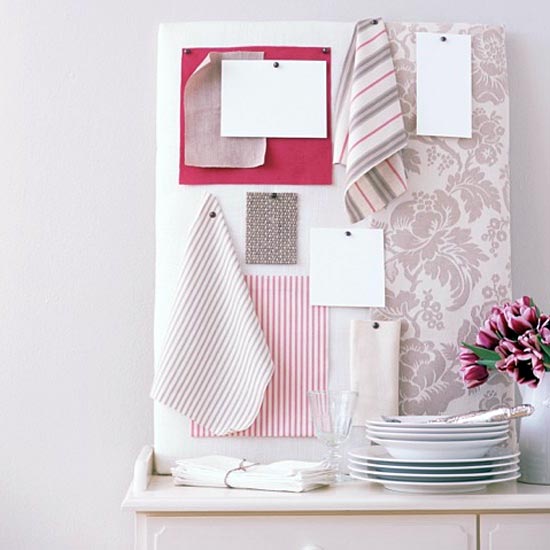
Group paint colours with wallpaper and flooring samples.
Fabric and furniture
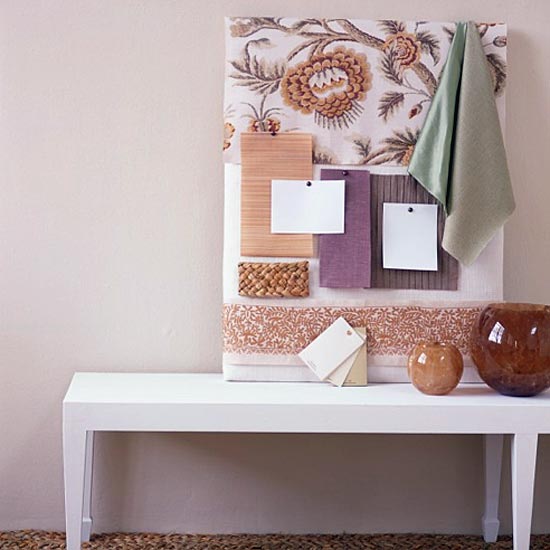
Pin fabric swatches nearby and paste on photos of any new furniture.
Curtains and accessories

Include curtain fabric and pictures of new accessories cut from catalogues.
Adding the final stages to your moodboard
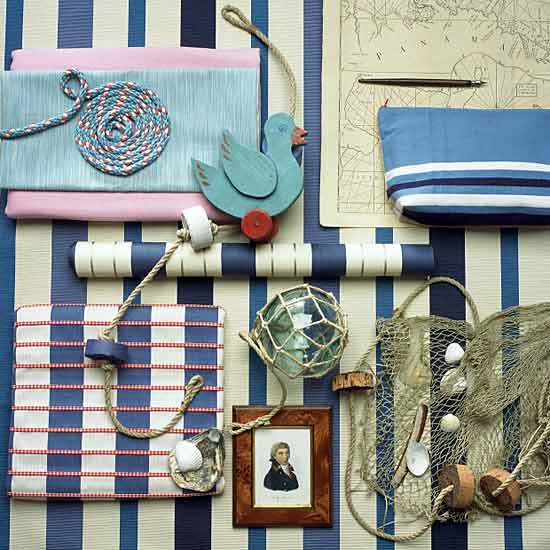
See more ideas for your decorating projects with our decorating gallery
Look at the moodboard with fresh eyes a few days later to be sure that you'll be creating the look you want. If you're happy, move a stage further and paint tester pots onto the walls.
Then move around the room and look at colours in different lights as paint colours appear to change in daylight and artificial light. If you're happy with your choices at this point, then you're ready to put your ideas into place...
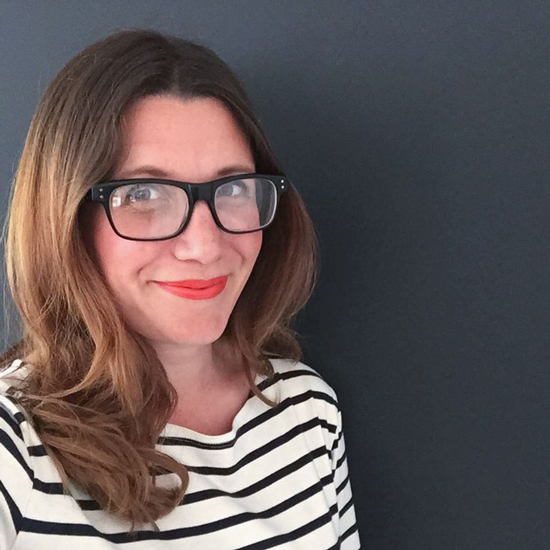
Heather Young has been Ideal Home’s Editor since late 2020, and Editor-In-Chief since 2023. She is an interiors journalist and editor who’s been working for some of the UK’s leading interiors magazines for over 20 years, both in-house and as a freelancer.